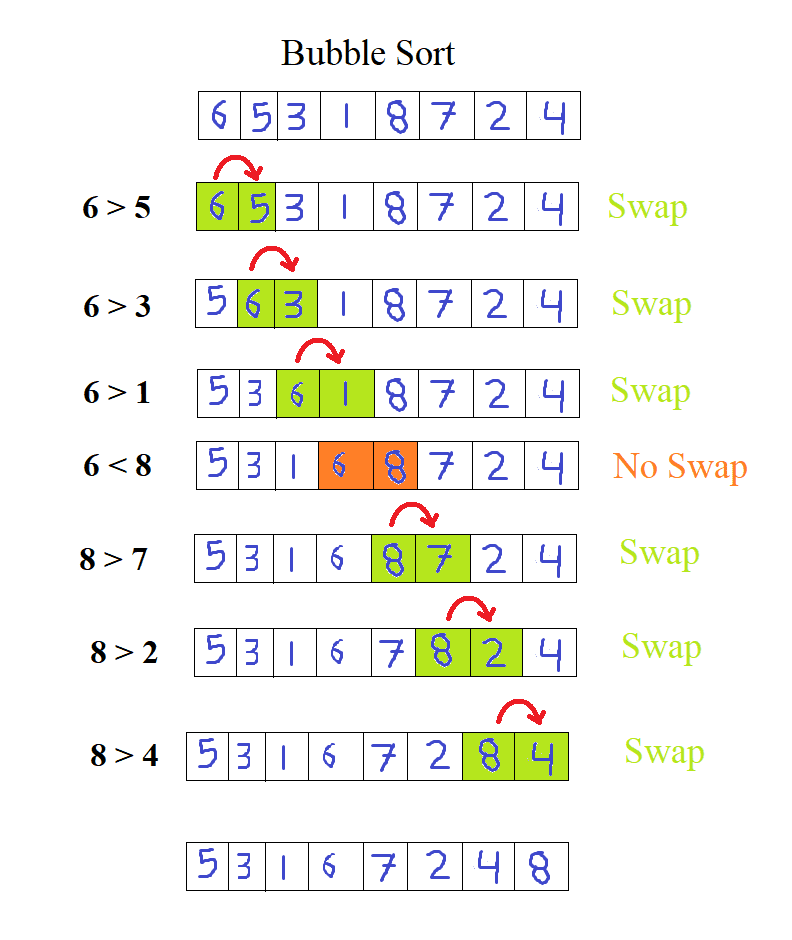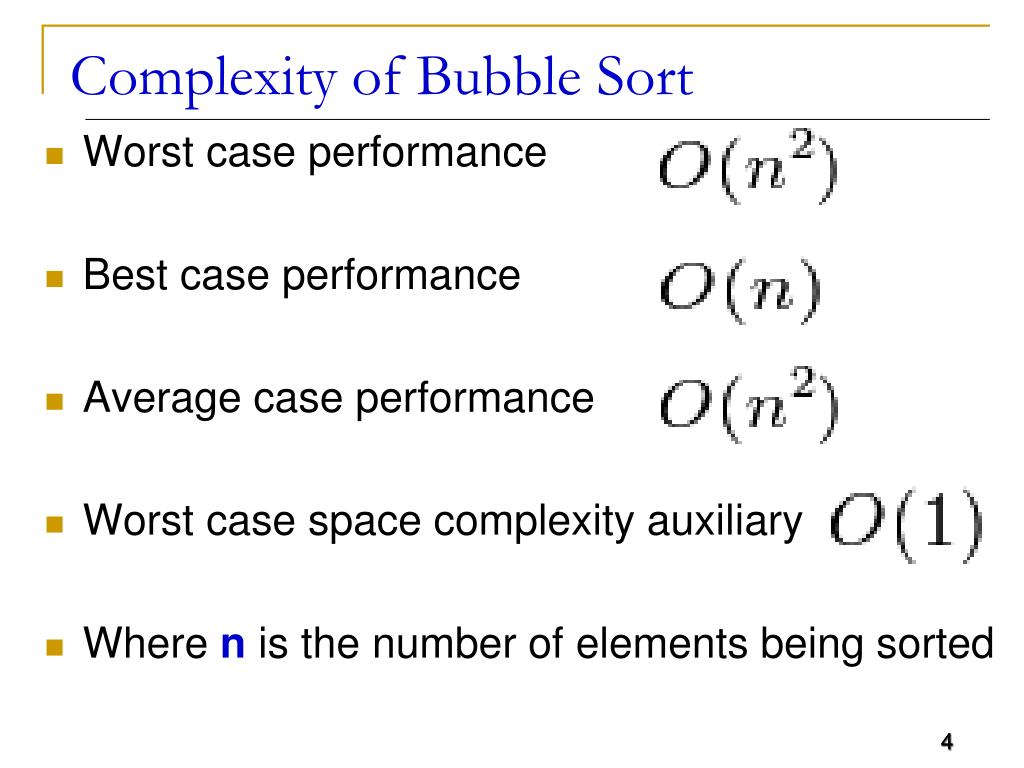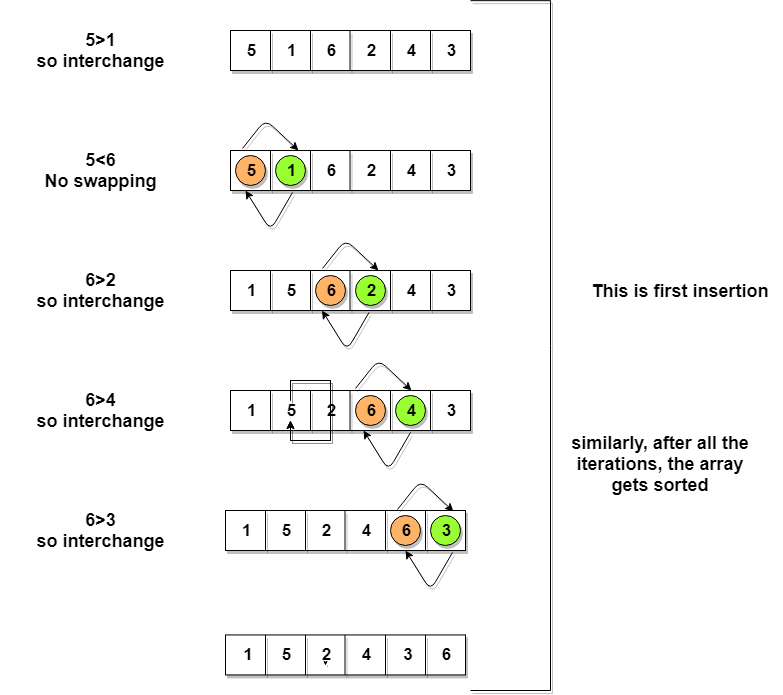What Is Sorting Technique With Program And Bubble Sort Explaination With Program Presentation
| Introduction to Sorting Techniques | ||
|---|---|---|
| Sorting techniques are algorithms used to arrange elements in a specific order. Sorting is an essential operation in computer science and is used in various applications. Sorting techniques help improve efficiency and make data retrieval easier. | ||
| 1 | ||
| Benefits of Sorting Techniques | ||
|---|---|---|
| Sorting techniques provide a systematic way to organize and analyze data. By arranging elements in a specific order, sorting techniques enable efficient searching and data manipulation. Sorting techniques are crucial in various fields, including databases, computational biology, and graphics. | ||
| 2 | ||
| Bubble Sort - Overview | ||
|---|---|---|
| Bubble sort is a simple sorting algorithm that repeatedly steps through the list, compares adjacent elements, and swaps them if they are in the wrong order. This process is repeated until the entire list is sorted. Bubble sort is easy to understand and implement, but it is not efficient for large datasets. | ||
| 3 | ||
| Bubble Sort - Program Example | ||
|---|---|---|
| Here is an example of bubble sort implemented in Python:
```
def bubble_sort(arr):
n = len(arr)
for i in range(n-1):
for j in range(0, n-i-1):
if arr[j] > arr[j+1]:
arr[j], arr[j+1] = arr[j+1], arr[j]
return arr
# Test the function
arr = [64, 34, 25, 12, 22, 11, 90]
sorted_arr = bubble_sort(arr)
print("Sorted array:", sorted_arr)
``` The above program sorts an array using bubble sort and prints the sorted array as output. Your third bullet |  | |
| 4 | ||
| Bubble Sort - Step-by-Step Explanation | ||
|---|---|---|
| Let's understand how bubble sort works step-by-step:
1. Start with an unsorted array.
2. Compare the first element with the second element and swap them if they are in the wrong order.
3. Repeat this process for each pair of adjacent elements in the array, moving from left to right.
4. After one iteration, the largest element "bubbles" to the end of the array.
5. Repeat steps 2-4 for the remaining unsorted portion of the array until the entire array is sorted. Your second bullet Your third bullet |  | |
| 5 | ||
| Bubble Sort - Illustration | ||
|---|---|---|
| An illustration of bubble sort:
```
Initial array: [64, 34, 25, 12, 22, 11, 90]
Pass 1: [34, 25, 12, 22, 11, 64, 90]
Pass 2: [25, 12, 22, 11, 34, 64, 90]
Pass 3: [12, 22, 11, 25, 34, 64, 90]
Pass 4: [12, 11, 22, 25, 34, 64, 90]
Pass 5: [11, 12, 22, 25, 34, 64, 90]
Sorted array: [11, 12, 22, 25, 34, 64, 90]
``` This illustration shows how bubble sort progressively sorts the array until it is completely sorted. Your third bullet |  | |
| 6 | ||
| Bubble Sort - Time Complexity | ||
|---|---|---|
| Bubble sort has a time complexity of O(n^2), where n is the number of elements in the array. In the worst-case scenario, bubble sort requires n-1 passes to sort an array of length n. Bubble sort is not efficient for large datasets as its time complexity grows quadratically. | ||
| 7 | ||
| Bubble Sort - Advantages | ||
|---|---|---|
| Bubble sort has a simple implementation and requires minimal code. It is easy to understand and is useful for educational purposes or small datasets. Bubble sort is a stable sorting algorithm, meaning it preserves the relative order of elements with equal values. | ||
| 8 | ||
| Conclusion | ||
|---|---|---|
| Sorting techniques are fundamental algorithms used to organize data efficiently. Bubble sort is a simple sorting algorithm that compares adjacent elements and swaps them if necessary. While bubble sort is easy to implement, it is not efficient for large datasets. | ||
| 9 | ||





